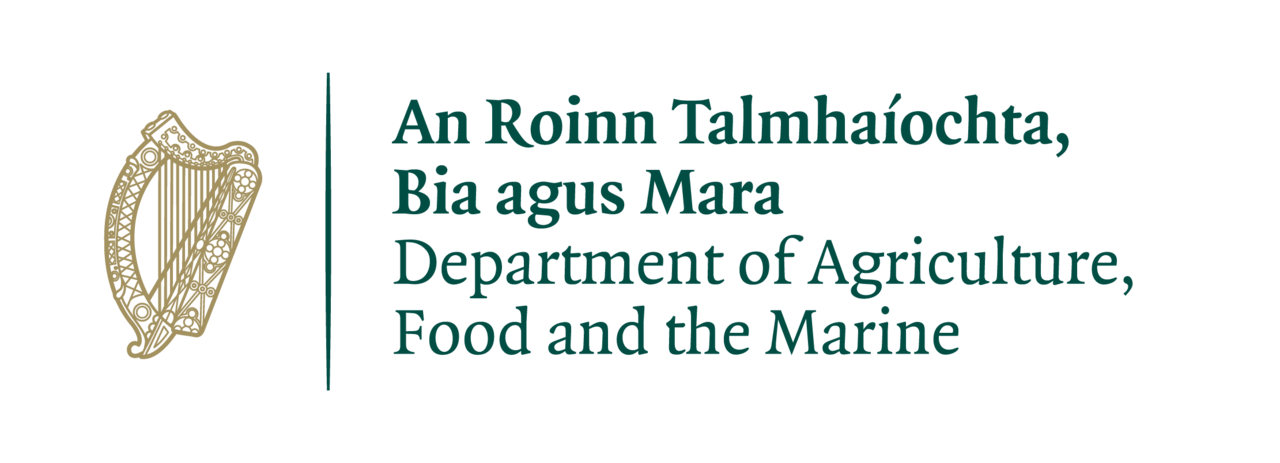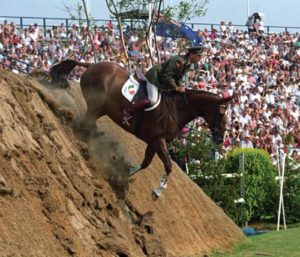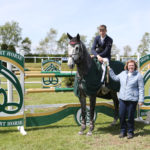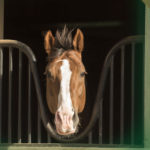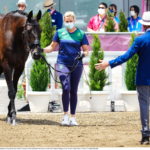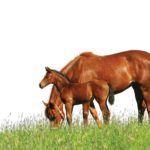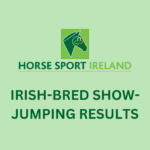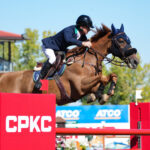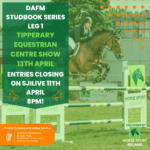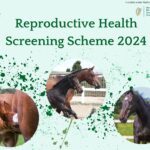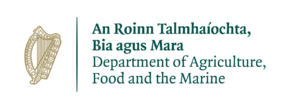Comdt John Ledingham – From West Waterford to Worldwide Success
- 12 April 2020, 10:37
Ireland has produced many incredibly talented and riders over the last century with some of the most successful coming up through the ranks at the Army Equitation school.
Few have had a more impressive Show Jumping career than Comdt John Ledingham. Having grown up among a huge family of 14 in West Waterford, he would go on to represent Ireland in over 60 Nations Cup competitions – lifting the Aga Khan trophy no less than five times and claiming victory in the famous Hickstead Derby on three memorable occasions.
In Part 1 of Horse Sport Ireland’s interview this week with John Ledingham, he talks about how his career in the army came about, the hugely competitive nature of life at McKee Barracks and his first taste of international competition.
Like many Irish riders, John’s first equestrian experience came when out hunting as he explained;
“My father and mother were good hunting and farming people and my father was involved in setting up the Blackwater group. In the early days of the SJI people in different parts of the country were involved with setting up different groups to run Show Jumping around the country. I would have started on the hunting field first and then being number 11 in the family, certain ponies were handed down. When someone outgrew a pony you grew into them and because our parents were very keen on Show Jumping, most weekends we would be on the road competing.
“I had a pony owned by Edmund and Geraldine Cogan called Bright Butterfly with whom I won the 13.2 Pony Championship in Dublin. International travel wasn’t as it is now for ponies so I had no exposure to that but the ponies were quite successful and then I moved into Juniors. When I was 16, a team went to Toronto and to Long Island New York. Four of us went as an Irish team to compete and we rode borrowed horses with Billy Ringrose as the Chef D’Equipe.”
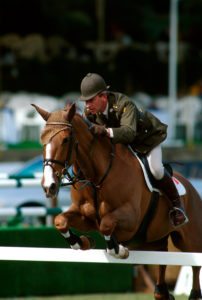
John Ledingham and Millstreet Ruby pictured on their way to victory in the 1997 Monterrey Derby in Mexico
John then told how a conversation at Cork Show with Ned Campion would sow the seed for a career in the Army.
“I was competing at Cork Show on Ponies and Ned Campion and Larry Kiely were there and I got chatting to Ned Campion. I was asking him about the army and what you had to do get in, so at an early stage I was exploring the options of competing internationally. Ned was most helpful and told me you had to have a Leaving Cert and you had to be qualified for University so at that stage it was very much – let’s focus on the books so I could get a cadetship.
“I would have just turned 18 when I finished my Leaving Cert and did the interviews. Around that time I went to Stradbally Hall, to Mrs Cosby – where they have the Electric Picnic now. She had a lot of Welsh B Ponies to be broken so I and was earning a few bob breaking ponies. I had brother in Australia and if I didn’t get the Cadetship I was going to go to him in Australia to work in the building industry. So I was fortunate enough to get the Cadetship and then we went to the Curragh for two years. At that stage there was quite a big intake of Cadets because for years the army hadn’t been recruiting and also the troubles had erupted in the North of Ireland and they realised that they didn’t have enough army officers.
“A normal Cadet class at the time would have been 18 or 20, our Cadet class had 78 in it. At the same time Col Sean Daly was the officer commanding the Equitation school and he was very friendly with Liam Cosgrove [who served as Taoiseach from 1973 to 1977]. He put out a special recruitment drive so five Cadets were recruited and we went into training as equitation Cadets – you had Brian McSweeney, Fergal Kavanagh, Pat Coleman, Pat McCartan and myself.”
It wasn’t long before John Ledingham would find out just how competitive life in the army would be.
“We had two years in the Cadet school and then after we were commissioned, we went to our unit. We then did a grooms course for two months where we did everything. After that, when we arrived there were 15 riding officers – 10 before we arrived, so needless to say once we arrived there was a big clean out, The Col would then decide who he would keep and who he would let go. There was a great incentive to be better than the rest as once you weren’t delivering, what they used to say was if you got a call to go to the office, it was normally to tell you that there would be a car going west at two o’clock and you were going to be in it. So it was very competitive.
“At that stage then for the first time in a long time the equitation school was funded – it hadn’t been funded during much of the 50’s and 60’s, so it was really struggling for funds to buy horses. But with the support of the Liam Cosgrove government, Sean Daly, Billy Ringrose, Ned Campion and Larry Kiely, they started to get some funds. Then Con Power came on the scene and because the equitation school got funding, they had horses good enough to compete in Nations Cups and Grand Prix’s – it was all really related to having the investment and investing it wisely.”
John explained how it was up each army rider to work with the horses they were given.
“It was very much that you looked at the allotment, and those were the horses that had been given to you and it was up to you to make the best of what you had. We were very much under formal instruction as well. At five minutes to nine every morning we were there in the school with our horses and when the instructor came in we got on our horses and we were under instruction on all our different horses. Depending on what programme the horse was in, whether that was his day for work in the park, his day for flat work on his day for gymnastics, it was very much scripted. We were there to do a job. We were there to compete internationally and to advertise the Irish horse to the best of our ability.
“As we started to compete a bit, we would get the hand-downs of the old Grand Prix horses. I remember getting a horse called Lough Sheelin that Larry Kiely used to ride and at that stage he [Lough Sheelin] was 15 or 16 and I got him to compete. We went to Mount Armstrong which was Lord Carew’s place and I remember going there to an indoor show and we won the Grand Prix on the Sunday. The benefit of having an experienced Grand Prix horse really came to the fire because at that stage I wasn’t really sure what I was doing. But when you got into the ring the horse got competitive, so for novice riders, having international horses means the learning process is so swift – you have got to sharpen up to stay with them.
“After that I was lucky enough to have Mullacrew who was Cruising’s mother and Slievenamon who won many Puissance competitions for me. I had those two horses when I did my first Nations Cup in Lucerne (SUI) in 1980. I was lucky to have those horses because both of them had competed at a high level. When I walked the courses in Lucerne I couldn’t believe the height of the fences. The speed track was 1m45 – 1m50 heavy poles and deep cups, so you had to have the horsepower under you – but both those horses were incredibly scopey, with huge experience. To them it was just another day at the office but for me when I walked those courses I thought, my God this is enormous. Then as you do more international competition, enormous becomes the normal.”
Following his first Nations Cup in 1980 it wouldn’t be long before John Ledingham would be selected for his first Aga Khan – the start of a period which would see him become one of Ireland’s most successful Aga Khan riders of all time.
Look out for Part 2 of our interview with Comdt John Ledingham in the coming days where he talks about those memorable triumphs at the Dublin Horse Show, his wins in the Hickstead Derby and how he now gets so much enjoyment from coaching and his involvement with Horse Sport Ireland at the Young Horse World Championships in Lanaken.
Related news stories
Irish team facing into an important second day in Valkenswaard
- Popular

- Latest

***DEADLINE EXTENDED*** Reproductive Health Screening Scheme






